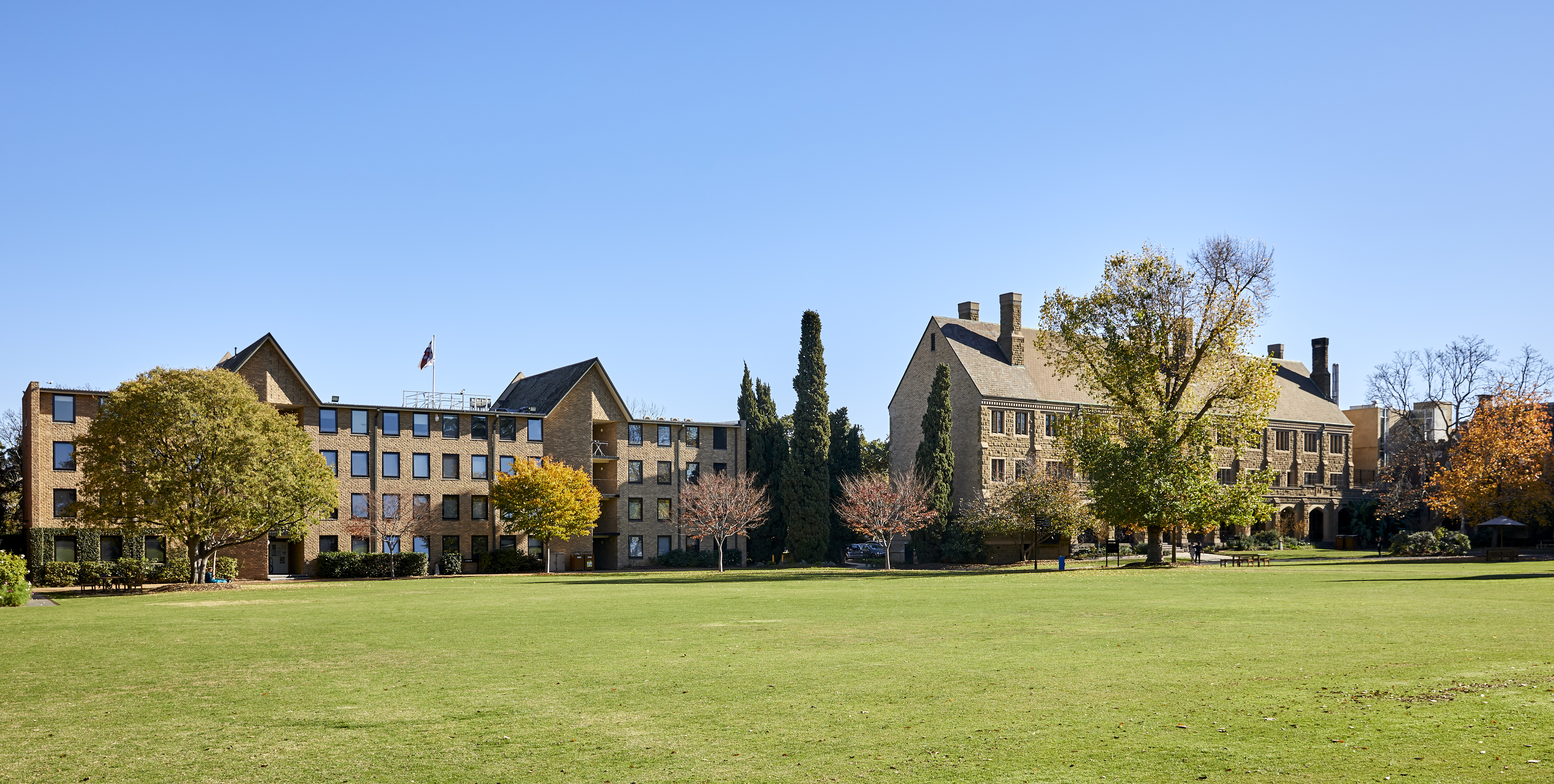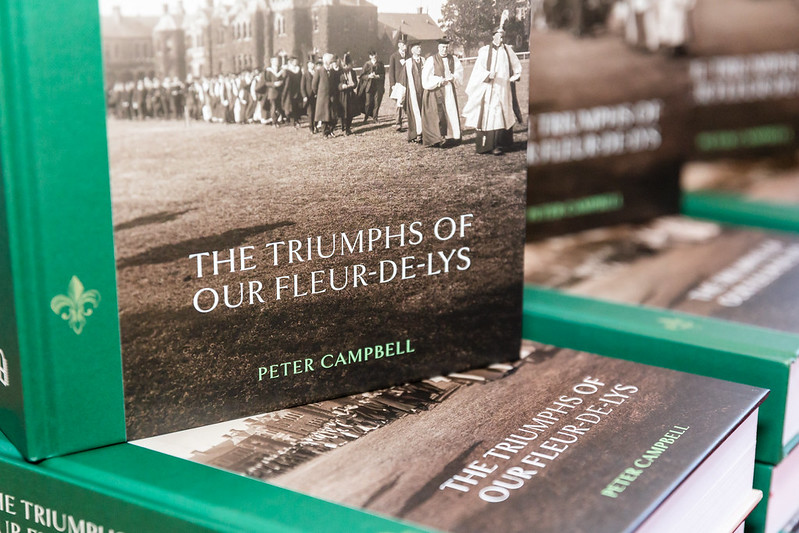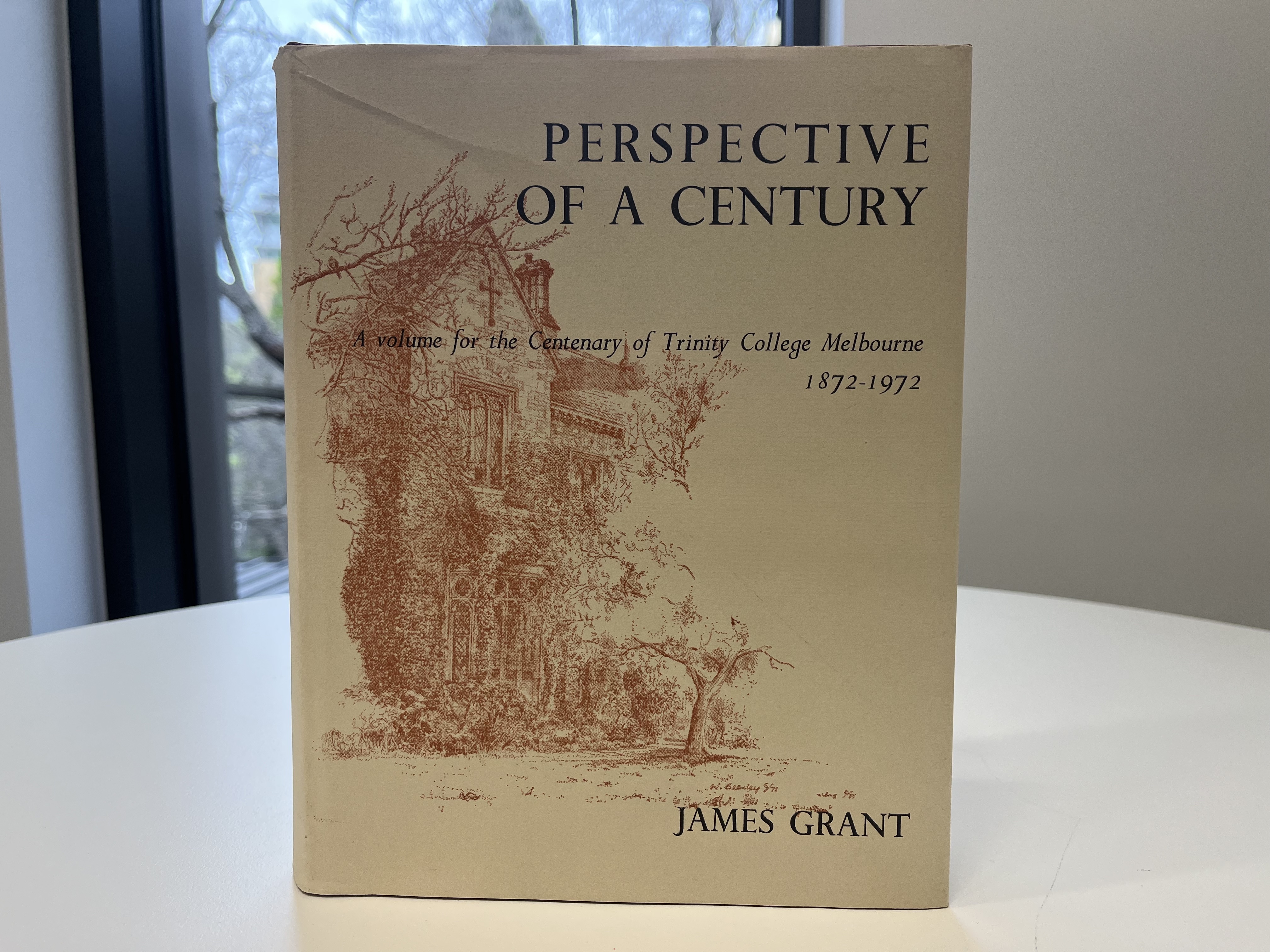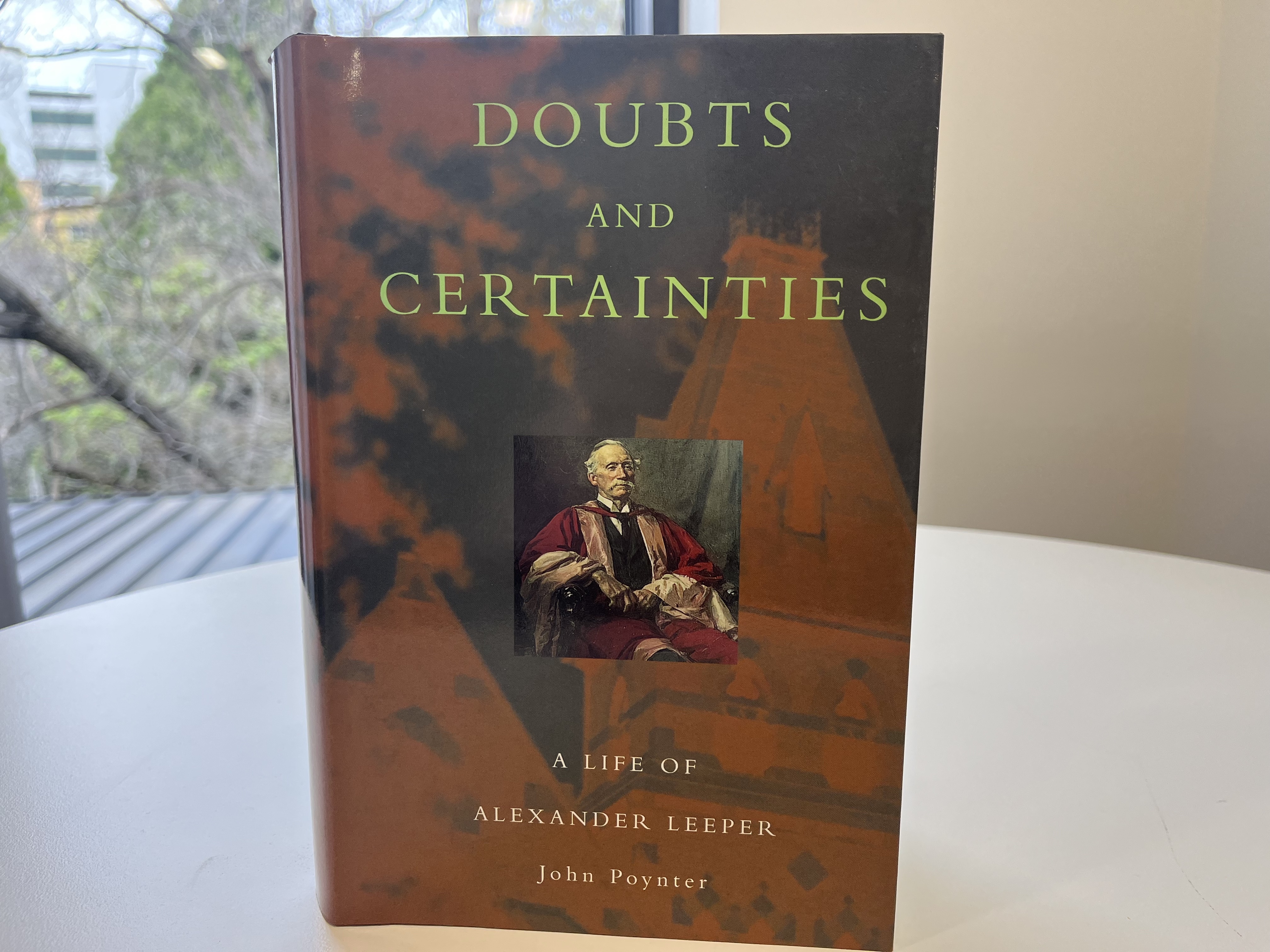Opened in 1872, Trinity College was the first affiliated residential college at the University of Melbourne and the second in Australia, originally established as a place to prepare theological candidates for ordained ministry in the Anglican Church of Australia.
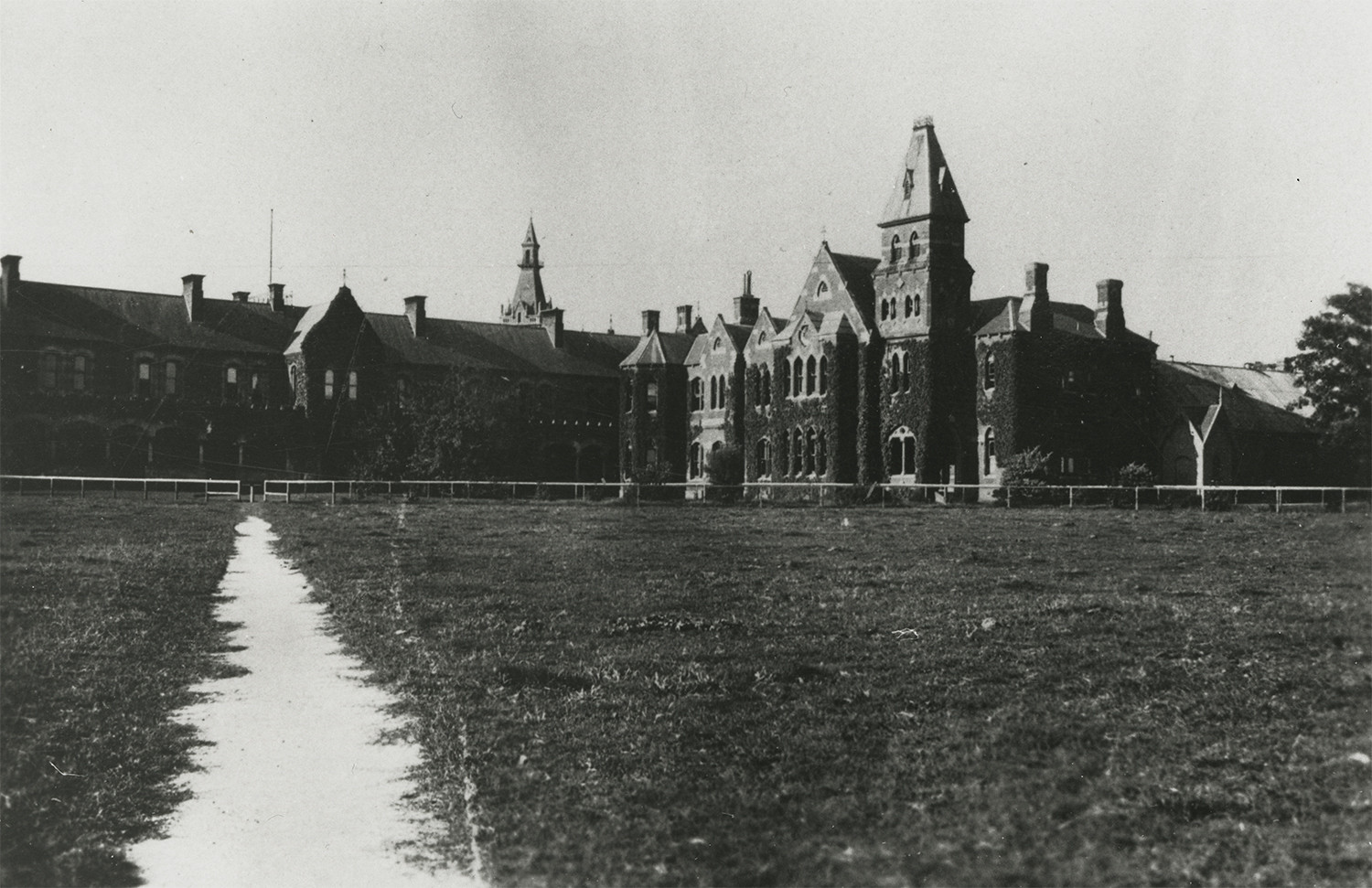 Trinity's earliest buildings, Bishops' and Clarke circa 1920
Trinity's earliest buildings, Bishops' and Clarke circa 1920
Trinity College has significantly expanded since 1872 and today consists of three divisions: the Pathways School, the Residential College and the Theological School.
The College has a diverse student body of more than 2,000 students from a wide range of socioeconomic, geographical and cultural backgrounds. This has created a vibrant and supportive learning community.
Trinity College embraces reconciliation and is committed to giving Indigenous students access to tertiary study and supporting them academically, pastorally and culturally so as to build their chances of successfully completing a university degree.
Opportunities abound for all our students to explore new interests and pursue their extra-curricular passions – be they musical, sporting, cultural, spiritual, entrepreneurial, or in the areas of leadership and social responsibility. The breadth and depth of these opportunities, supported by extensive student welfare and pastoral care structures, and the diversity of students' backgrounds, nurtures the development of well-rounded individuals, able and willing to lead and serve, locally, nationally or internationally.
Our history
Since the completion of the original Warden’s Lodge in 1872, through to commencement of classes in the state-of-the-art Gateway Building in 2017 and opening our newest residential building (Dorothy) in 2020, Trinity has been leading the way with world-class heritage buildings and modern environmentally sustainable facilities and classrooms.
For 150+ years, students, alumni and staff have lived, studied and worked at the College and have helped shape our rich culture and traditions. They have also made significant contributions to the University of Melbourne and have created positive impact in their respective fields in Australia and around the world.
Trinity was founded initially as both an Anglican residential college as well as a training ground for young men pursuing ordination to the Anglican Church. As one of the earliest, advocates for equality in tertiary education, the College has continued to innovate. We are proud to welcome men and women from a range of ages, nationalities and religious backgrounds.
It is both our diversity and history that makes Trinity such a unique and remarkable place.

